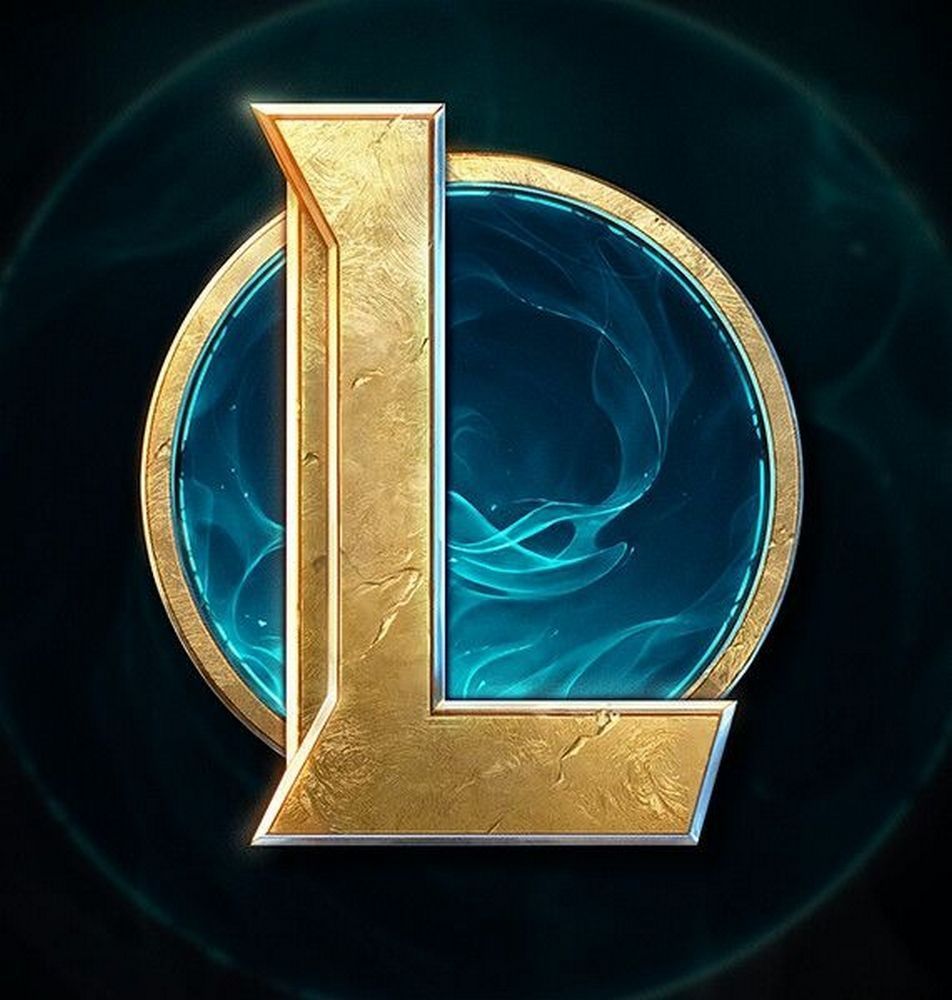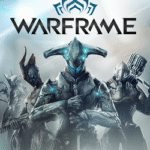
League of Legends
All trademarks belong to their respective owners.Popular Now
 Stumble Guys
Stumble Guys
 NBA 2K24
NBA 2K24
 Rust
Rust
 Brawl Stars
Brawl Stars
 Warframe
Warframe
 Free Fire Max
Free Fire Max
 R.E.P.O
R.E.P.O
 Grand Theft Auto V
Grand Theft Auto V
 Toca Boca World
Toca Boca World
 Call of Duty
Call of Duty Summoner’s Rift: The Enduring Blueprint of MOBA Excellence in League of Legends
At the heart of League of Legends lies Summoner’s Rift, not just a map, but the enduring blueprint that defines the modern Multiplayer Online Battle Arena (MOBA) genre. More than a decade after its inception, this iconic three-lane arena remains a testament to ingenious design, offering a deceptively simple yet infinitely complex battleground where strategic depth, team coordination, and individual skill collide in a perpetual dance of digital warfare. It’s the stage upon which millions of daily battles unfold, a constantly evolving ecosystem that adapts to meta shifts while retaining its fundamental principles, proving that the brilliance of League of Legends lies deeply embedded in the elegant construction of its primary battlefield.
The Fundamental Layout: Simplicity Breeds Complexity
Summoner’s Rift’s core design is deceptively straightforward, yet every element contributes to layers of strategic depth.
- Three Lanes: Top, Mid, and Bot: The bedrock of the map, these three pathways serve as the primary conduits for minion waves and player movement. Each lane often dictates specific champion roles and tactical approaches:
- Top Lane: Often characterized by bruisers and tanks, favoring one-on-one duels and isolated skirmishes. Its relative isolation makes it a challenging lane to navigate without proper vision.
- Mid Lane: The shortest and most central lane, typically home to mages and assassins. Its proximity to both sides of the jungle makes it a focal point for early-game skirmishes and ganks, demanding high mechanical skill and map awareness.
- Bot Lane: A duo lane, traditionally occupied by a marksman (AD Carry) and a support champion. This lane requires intricate teamwork, synergy, and understanding of lane dynamics, often dictating the pace of team fights later in the game.
- The Jungle: A Realm of Opportunity and Danger: The spaces between the lanes, filled with neutral monsters, provide crucial resources and strategic pathways. Junglers, a dedicated role, farm these monsters to gain experience and gold, and more importantly, orchestrate ganks on unsuspecting laners. The jungle’s intricate pathing, vision control points, and contested objectives make it a constant battleground for control and influence.
- Towers and Inhibitors: The Gates to Victory: Each lane is defended by multiple turrets (towers) that inflict heavy damage and provide protective zones. Destroying these towers progressively opens up the enemy base. Beyond the final turret in each lane lies an inhibitor, destroying which spawns powerful “super minions,” significantly boosting your team’s pushing power and creating a ticking clock for the enemy.
- The Nexus: The Ultimate Objective: Located deep within each base, the Nexus is the core objective. Protected by two final turrets, its destruction signifies victory for the opposing team. This single, vulnerable point creates a clear, undeniable goal that every strategic maneuver ultimately aims to achieve.
Neutral Objectives: The Shifting Sands of Power
Beyond minions and champions, Summoner’s Rift is defined by its powerful neutral objectives, which often dictate the flow of the game.
- Dragon (Dragons of Elemental Power): A series of elemental dragons spawn in the lower jungle. Killing these provides permanent, stacking buffs (Elemental Drakes) that significantly empower a team. Securing multiple drakes, especially “Soul,” can provide an overwhelming advantage, often forcing intense team fights around the Dragon pit.
- Baron Nashor: The Game-Changer: Located in the upper jungle, Baron Nashor is the most powerful neutral monster on the Rift. Killing Baron grants “Hand of Baron” buff, providing enormous attack damage and ability power, and significantly empowering nearby minions. Securing Baron is often the key to breaking stalemates, initiating decisive pushes, and closing out games. Its importance makes the Baron pit a prime location for high-stakes team fights.
- Herald (Rift Herald): A mid-game objective in the upper jungle, the Rift Herald provides a powerful pushing tool. Once summoned, it charges down a lane, dealing massive damage to turrets, making it a crucial objective for early to mid-game lane pressure and breaking open the map.
Vision and Control: The Unseen Battle
The strategic depth of Summoner’s Rift is heavily influenced by the constant, unseen battle for vision control.
- Wards: Eyes on the Map: Players use wards (stealth wards, control wards) to gain vision of areas, revealing enemy movements, preventing ganks, and securing objectives. Effective ward placement and counter-warding (destroying enemy wards) are critical skills that separate good teams from great ones.
- Brushes (Bushes): Patches of tall grass that provide concealment. Entering a brush renders a champion invisible to enemies outside of it, allowing for ambushes, jukes, and strategic retreats. Mastering brush control is vital for successful ganks and surviving enemy assaults.
- Scuttle Crab: A neutral monster in the river that, when killed, grants a vision zone and movement speed buff in the river, providing crucial early-game control over the central map area.
An Evolving Ecosystem: Adapting to the Meta
Summoner’s Rift is a living battlefield, constantly adapting to the ever-shifting meta of League of Legends.
- Patches and Reworks: Riot Games frequently releases patches that introduce new champions, rework existing ones, adjust item stats, and even make subtle changes to the map itself (e.g., changes to jungle camps, addition of new vision plants). These updates constantly shift optimal strategies and champion viability, keeping the game fresh and demanding player adaptation.
- Dynamic Pathing and Strategy: As new strategies emerge, the common paths players take, the preferred objectives, and the timing of skirmishes continuously evolve. The inherent flexibility of Summoner’s Rift allows it to accommodate these changes without compromising its core balance.
Summoner’s Rift is more than just a battleground; it’s the ingenious foundation upon which the global phenomenon of League of Legends is built. Its seemingly simple three-lane structure hides layers of strategic complexity, from its vital neutral objectives to its constant battle for vision, creating a dynamic and endlessly replayable experience. It’s a testament to design excellence, a testament to how a perfectly crafted stage can facilitate an infinite number of unique, thrilling, and competitive stories.
What’s a specific strategic element of Summoner’s Rift that you find most fascinating or impactful in a game?
Rating
PROS
- Great graphics and animations
- Highly competitive gameplay
- Easily one of the best mobile MOBA games available
- You can play with your friends
- Interesting mechanics
- Can be played for a long time without getting bored
- A lot of people play it, so you’ll always find someone to play with
- It’s free to play
- It’s a very fast-paced game, so it’s exciting and challenging.
CONS
- The game is not new, it has been out for a long time
- It’s a very competitive game, so it can be stressful
- It’s easy to get addicted and spend too much time playing
- It’s not very easy to learn, so it can be frustrating for beginners
- It’s hard to find time to play if you have a busy schedule
- It’s easy to get tilted (angry/frustrated) if you’re losing.
